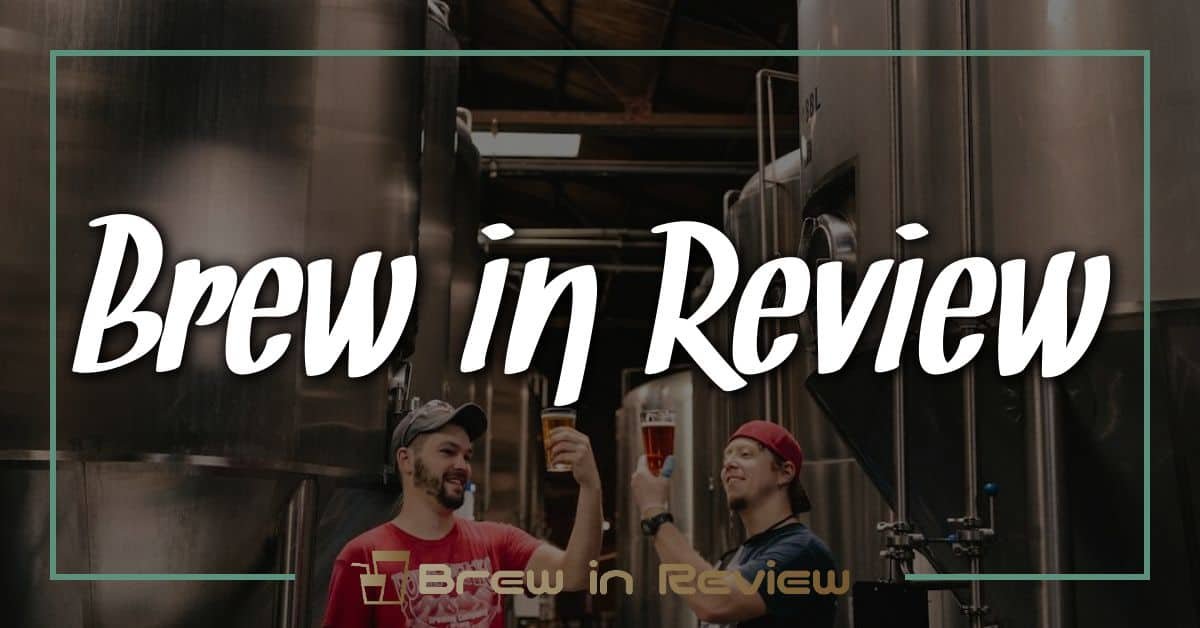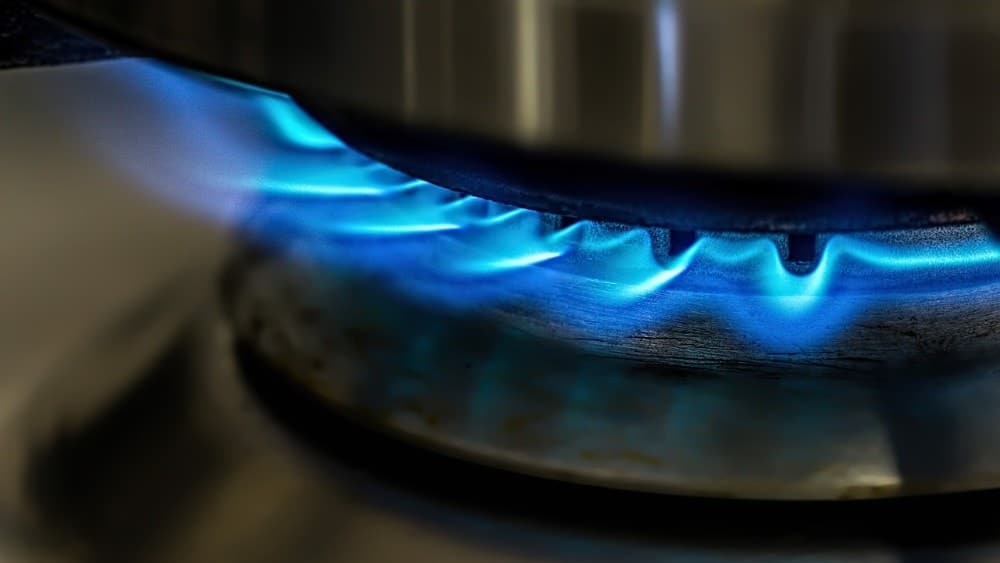There’s something magical about sipping a beer that you’ve crafted yourself. The satisfaction of brewing your own batch can’t be beat, but the journey doesn’t end there. Bottle conditioning is a crucial step that adds that perfect touch of carbonation and depth to your brew. If you’re looking to elevate your home brewing game, mastering this technique is a must.
Understanding Bottle Conditioning
Bottle conditioning is a fermentation process that occurs after beer is packaged in bottles. This technique not only enhances carbonation but also improves the overall flavor and aroma profiles of the beer.
What Is Bottle Conditioning?
Bottle conditioning refers to the practice of adding a small amount of sugar and yeast to beer before sealing it in a bottle. As the yeast consumes the sugar, it produces carbon dioxide, which naturally carbonates the beer. This method differs from keg conditioning, where CO2 is added externally. I appreciate the complexity it adds to the brewing process, allowing natural carbonation to evolve in the bottle.
Benefits of Bottle Conditioning
- Enhanced Carbonation: Bottle conditioning produces natural carbonation, resulting in a smoother mouthfeel. The lively bubbles created through this process contribute to a fuller drinking experience.
- Improved Flavor: As yeast continues to work in the bottle, it can produce additional flavor compounds. This fermentation can enhance the beer’s taste profile, making it more complex and layered.
- Longer Shelf Life: The yeast and sugar in the bottle can act as natural preservatives. A properly conditioned beer can maintain its freshness longer than non-conditioned varieties.
- Customization: I can easily adjust the amount of sugar added for desired carbonation levels. This level of control allows me to tailor each batch to specific preferences.
- Tradition and Craftsmanship: Bottle conditioning embodies the art of brewing. I enjoy sharing this traditional method with fellow home brewers, ensuring they appreciate the care and skill involved in creating craft beers.
Necessary Equipment
Bottle conditioning requires a few specific pieces of equipment to ensure a successful fermentation process. Having the right tools makes the process smooth and enjoyable.

Bottles and Caps
I use glass bottles, typically 12-ounce or 22-ounce sizes, for bottle conditioning. These bottles handle the pressure well and provide a clear view of the beer during fermentation. I prefer using crown caps for sealing; they’re reliable and create a tight seal, preventing any gas from escaping. Always sanitize the bottles and caps thoroughly before filling to keep unwanted bacteria at bay.
Priming Sugar
Priming sugar plays a vital role in bottle conditioning. I often use corn sugar or table sugar to achieve the desired carbonation level. The general rule is about 3/4 cup of priming sugar for five gallons of beer. This sugar feeds the yeast, causing carbonation as it ferments in the sealed bottle. It’s important to dissolve the sugar in hot water and cool it down before adding it to the beer to ensure even distribution.
Other Essential Tools
In addition to bottles and priming sugar, I rely on a few other tools. A bottling bucket simplifies the transfer process from the brew kettle to the bottles. I also keep a bottling wand on hand; it fills the bottles easily while preventing spills. A capper makes sealing the bottles quick and efficient. Lastly, having a hydrometer helps me monitor the specific gravity of the beer, ensuring proper fermentation before and after bottling.
The Bottle Conditioning Process
Bottle conditioning involves a series of steps that culminate in a satisfying brew. Mastering this process transforms home brewing from simple beer-making to an art form that enhances flavor and carbonation.
Preparing the Beer
Before beginning the bottle conditioning process, ensure the beer has finished fermenting. I recommend waiting at least two weeks after transferring the beer to a secondary fermenter. During this time, yeast settles and flavors mature. It’s crucial to measure the specific gravity with a hydrometer; consistent readings over two days indicate fermentation has completed. Once confirmed, chill the beer, making it easier to transfer and reducing sediment disturbance.
Adding Priming Sugar
To carbonate the beer, I typically use priming sugar. Corn sugar is a top choice due to its fermentability. The amount of sugar needed depends on the beer’s volume and desired carbonation level, generally around 3/4 cup per five gallons. Dissolve the sugar in a small amount of boiling water to create a syrup, then cool it before mixing it into the beer. Gently stir to ensure even distribution while avoiding excess agitation that could reintroduce sediment.
Filling the Bottles
I use clean, sanitized glass bottles for filling, ensuring they’re prepared to avoid contamination. With a bottling bucket and a bottling wand, I easily transfer the beer into each bottle, leaving about one inch of headspace. After filling, I cap each bottle securely to prevent CO2 escape. It’s vital to work efficiently to minimize oxygen exposure, which can spoil flavors. Store the bottles at room temperature for 1-2 weeks, allowing the yeast to ferment the priming sugar and carbonate the beer to your liking.
Storage and Fermentation
Storing your bottled beer properly is crucial for successful bottle conditioning. The right conditions ensure carbonation develops effectively and the flavors mature nicely.
Ideal Storage Conditions
I recommend keeping bottles in a dark, cool place with a temperature range between 65°F and 75°F (18°C to 24°C). Avoid direct sunlight, as UV rays can degrade flavors. A closet or basement works well for this purpose. Ensure bottles remain upright to minimize yeast disturbance, which helps maintain clarity. If using a large batch of bottles, consider placing them in a sturdy crate for easy organization and stability.
Monitoring Fermentation
Monitoring fermentation is vital throughout the conditioning process. I pay attention to specific gravity readings using a hydrometer. Measure at least every few days after your initial week of storage. When consistent readings occur for two to three days, fermentation’s complete. This consistency indicates that the yeast has consumed the priming sugar, and carbonation levels will stabilize. Always remember to store samples safely to avoid any contamination that may affect your results. The combination of patience and vigilance during this phase leads to a well-carbonated, flavorful beer.
Enjoying Your Bottle Conditioned Beer
Enjoying your bottle conditioned beer is one of the most fulfilling moments in brewing. Each sip reflects the care and precision put into the process. Here’s how to make the most of your brewing efforts.
Pouring and Serving Tips
Pouring correctly enhances the drinking experience. Follow these tips for optimal results:
- Chill the beer: Refrigerate the bottles for 24 hours before serving. Ideal serving temperatures vary by style, ranging from 40°F (4°C) for light ales to 55°F (13°C) for darker varieties.
- Use the right glassware: Choose clean, appropriate glassware to showcase the beer’s color and aroma. For example, use a tulip glass for IPAs and a pint glass for stouts.
- Tilt the glass: Tilt the glass at a 45-degree angle while pouring to minimize excessive foam. Gradually straighten the glass as you pour to create a nice head.
- Leave some beer in the bottle: Avoid pouring the dregs at the bottom of the bottle. This sediment can negatively affect flavor and clarity.
Flavor Expectations
When you bottle condition, expect a more complex flavor profile. As the yeast continues to work in the bottle, flavors evolve. Here are the flavors you might observe:
- Carbonation: Natural carbonation offers a silky mouthfeel and enhances aroma.
- Yeast Complexity: Different yeast strains bring unique flavors, from fruity esters to spicy phenols.
- Maturation Depth: Patience pays off. Allowing your beer to age in the bottle can result in deepening flavors, such as caramel or nutty notes.
Ultimately, enjoy the fruits of your labor with friends or alone, taking pride in your brewing journey. Each bottle represents a step in mastering the craft of home brewing.
Conclusion
Bottle conditioning is truly a rewarding part of the brewing journey. It’s amazing to see how a little sugar and yeast can transform your beer into something special. The anticipation of waiting for those bottles to carbonate is part of the fun and adds to the excitement of enjoying your homemade brew.
I love the idea that with each batch I can experiment and refine my skills. Whether I’m sharing my creations with friends or savoring them solo, the satisfaction of sipping on a beer I crafted myself is unmatched. So here’s to your brewing adventures—may your bottles be perfectly conditioned and your flavors be delightful!




